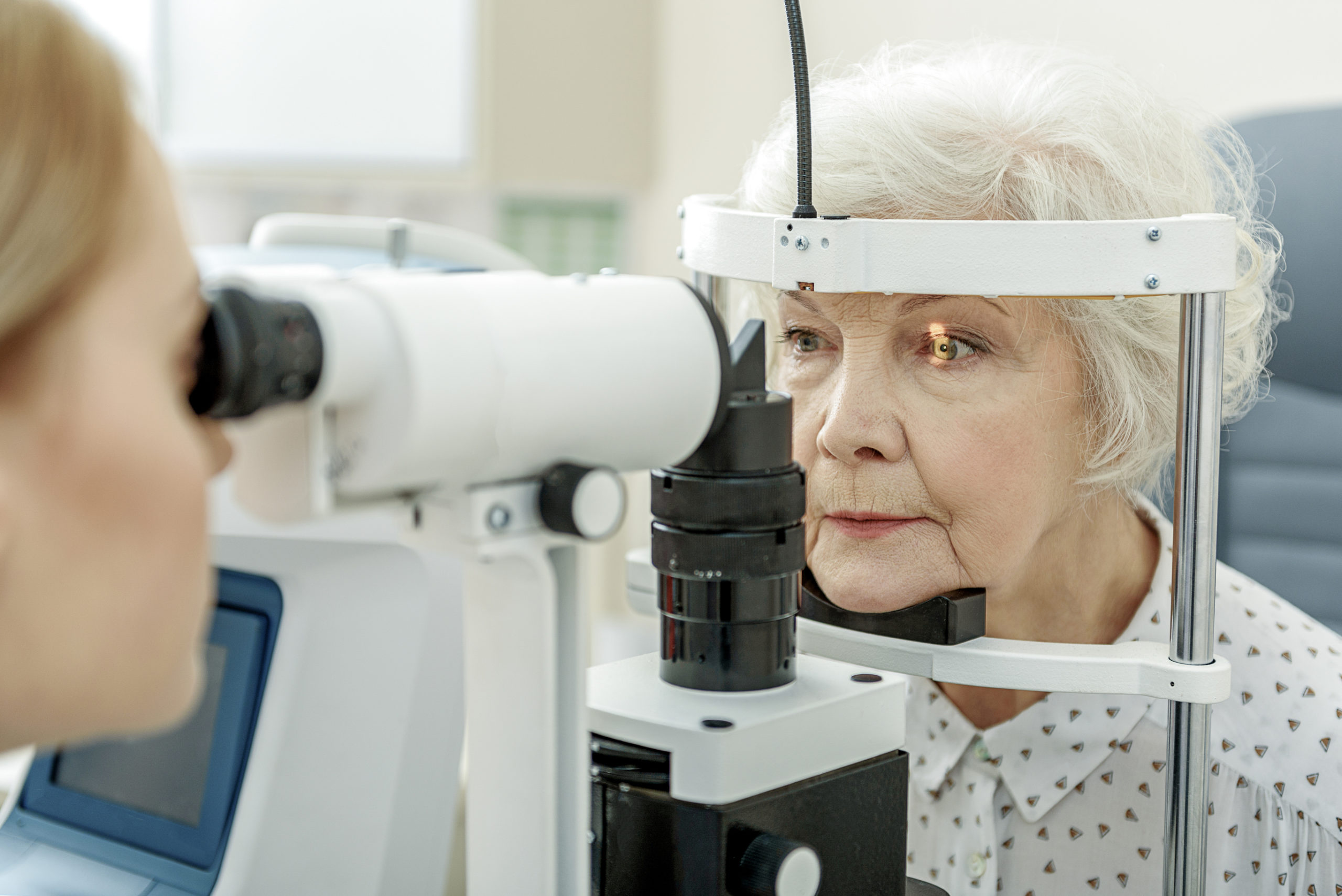What’s the Right Age to Have LASIK?

Many people have experienced the life-changing power of LASIK eye surgery, but it can be difficult to determine the right age to make this important decision.
Since the 1970s, LASIK surgery has transformed the lives of millions of people. Because it can correct for deficits in both near and far vision, LASIK has made clear vision a reality for people who believed they’d never be free from contact lenses or glasses. Additionally, the procedure itself is safe, increasingly cost-effective, and doesn’t even require the patient to set foot in a hospital.
However, many people still find themselves hesitant to take the plunge and talk to their doctor about getting LASIK surgery, often because they’re not sure it’s the right time to do so. If you’re having trouble deciding the age at which you should get LASIK, read on:
How Young is Too Young for LASIK?
One of the major LASIK criteria that potential patients must meet is prescription stability – usually for a year or two – which increases the chances that the patient will experience a successful outcome. If the shape of the eye changes soon after the surgery, it could render the operation ineffective and may even send the patient back to the operating table.
Generally, younger people experience more prescription change because their eyes are still growing. Some prescriptions stabilize around the end of puberty, but people can experience vision change through their mid-20s.
LASIK is approved for ages 18 and above, so people with stable vision could have the procedure before they go off to college. For others, prescription stability may take longer. A trained eye specialist will be able to tell you if you qualify.
How Old is Too Old for LASIK?
Since LASIK only changes the shape of the front of the eye, there are some vision problems that it can’t correct. If you are older – 55 or above – you may be at higher risk for complicating conditions.
One of these is diabetic retinopathy, which occurs in people with diabetes when the eye starts to form new blood vessels that break and bleed, obscuring the person’s vision. LASIK won’t be able to help with this problem.
Similarly, cataracts — which are the thickening and yellowing of the lens — tend to occur in older people and can’t be fixed with LASIK. If the lens is so yellow that light can’t get through, the patient is still going to have vision problems after LASIK.
However, even when a patient’s vision problems can be addressed by LASIK, an operation still may not make sense. Just as very young people heal quickly, older people tend not to, so the risks associated with the prolonged healing process would have to be weighed against the value of the procedure. Vision generally becomes more nearsighted with age, so older people who get LASIK may still have to wear reading glasses. Still, it’s not unheard for people in their 70s to undergo LASIK and achieve excellent results.
If you’re between your mid-20s and mid-60s and don’t have significant eye problems, you’re likely a strong candidate for LASIK. Even if you aren’t, you may still be able to safely and successfully undergo the procedure. Contact ICON Eyecare today for a consultation – our eye professionals can help determine whether LASIK is right for you.
Request An Appointment.
Give us a phone call at (970) 256-0400 Monday – Friday, 8am-5pm to schedule a consultation.










 (970) 256-0400
(970) 256-0400